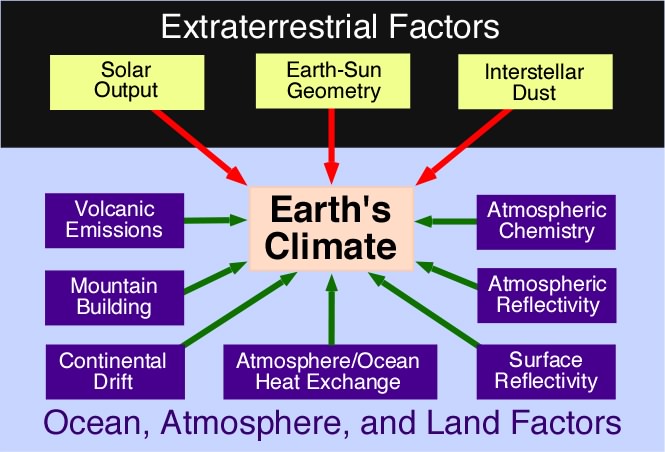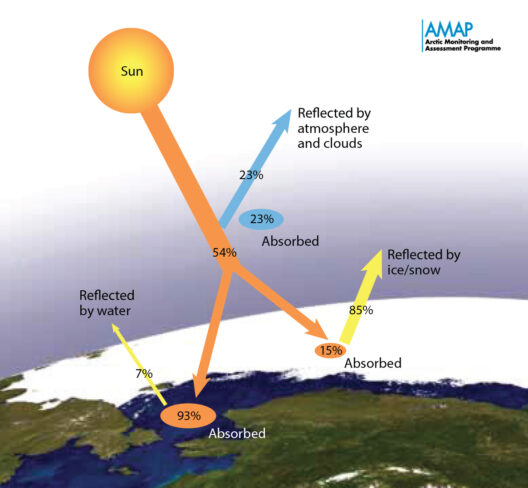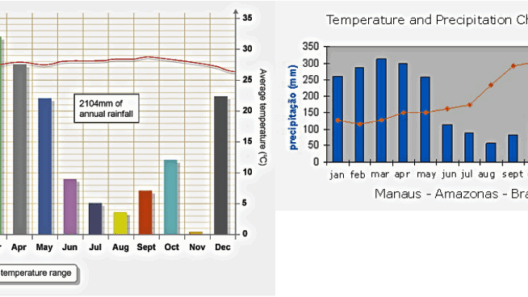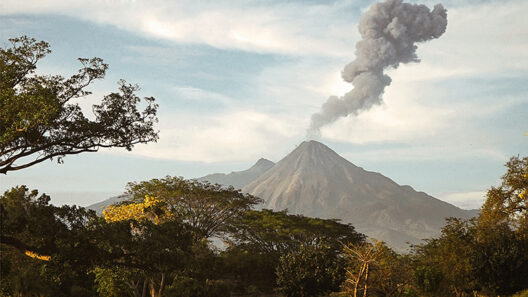Climate change is an eminent reality grappling the Earth today, and understanding its multifaceted causes is pivotal. The alteration in climate patterns can be attributed to both natural phenomena and anthropogenic activities. This article elucidates the disparate influences of Earth’s natural mechanisms alongside human-induced transformations.
Natural Causes of Climate Change
Throughout geological history, the climate has been in a perpetual state of flux, heavily influenced by natural elements. These fluctuations are primarily the result of celestial and terrestrial factors. A comprehensive investigation into these natural accelerators reveals several key contributors:
- Solar Radiation: The sun is the primary energy source for Earth. Variations in solar output can lead to climate shifts. Periodic solar cycles, which span approximately 11 years, can induce changes in the solar radiance, influencing temperature and weather patterns.
- Volcanic Activity: Volcanic eruptions can release vast quantities of ash and sulfur dioxide into the atmosphere. These particulates can reflect sunlight, resulting in a temporary cooling effect on the Earth’s surface. Historical eruptions, like Mount Tambora in 1815, led to the “Year Without a Summer,” demonstrating the stark impact of volcanic activity on climate.
- Ocean Currents: The oceans play a crucial role in regulating climate. Changes in oceanic circulation patterns, such as El Niño and La Niña events, can lead to dramatic shifts in weather conditions. These currents affect global temperatures and precipitation, often resulting in severe weather anomalies.
- Earth’s Axial Tilt and Orbital Changes: The Milankovitch cycles encompass changes in the Earth’s eccentricity, axial tilt, and precession. These variations influence the distribution of solar energy received by the planet and are fundamental to understanding long-term climate trends, including ice ages.
Despite these natural processes, the current pace of climate change is unprecedented and is predominantly exacerbated by human activities.
Human Causes of Climate Change
In the contemporary era, human actions have significantly contributed to climate change, often at an accelerated rate. The National Aeronautics and Space Administration (NASA) has highlighted the fundamental role of greenhouse gas emissions in climate alteration. The following human activities serve as the primary drivers of this phenomenon:
- Fossil Fuel Combustion: The burning of fossil fuels for energy is the foremost contributor to greenhouse gas emissions. Coal, oil, and natural gas release carbon dioxide (CO2) and other pollutants when combusted. These emissions trap heat in the atmosphere, leading to global warming and associated climatic upheaval.
- Deforestation: The clearing of forests for agriculture, logging, and urbanization significantly reduces the planet’s capacity to absorb CO2. Trees play a vital role in carbon sequestration, and their removal exacerbates the concentration of greenhouse gases in the atmosphere, further accelerating climate change.
- Industrial Processes: Manufacturing activities discharge various greenhouse gases, including methane and nitrous oxide, into the atmosphere. Processes such as cement production and chemical manufacturing contribute to the atmospheric burden of these potent pollutants, intensifying climatic issues.
- Agriculture: Agricultural practices, including livestock rearing and rice cultivation, are substantial sources of methane and nitrous oxide emissions. Livestock produce methane, which has a global warming potential many times greater than CO2, while synthetic fertilizers contribute nitrous oxide, amplifying the greenhouse effect.
Moreover, the confluence of urbanization and population growth exacerbates the demand for energy, thereby increasing emissions. Industrialization has led to a marked rise in the use of resources, enhancing ecological footprints across the globe.
Feedback Loops and Climate Impacts
In understanding climate change, it becomes essential to recognize feedback loops. Certain changes in the climate system can trigger additional effects, exacerbating the initial changes. For instance:
- Melting Ice Caps: The warming of the planet causes polar ice to melt, reducing the Earth’s albedo, or reflectivity. As more sunlight is absorbed by the darker ocean waters, temperatures rise further, resulting in even more ice loss.
- Permafrost Thawing: Thawing permafrost releases stored methane, a potent greenhouse gas, into the atmosphere, compounding the warming effect.
The implications of climate change are vast and dire, influencing ecosystems, weather patterns, sea levels, and human health. As weather events become more extreme, populations face increasing risks from droughts, floods, and hurricanes.
Conclusion
Deciphering the complexities of why climate is changing necessitates a succinct appreciation of both natural and human causes. While natural influences have historically reshaped the environment, contemporary human activities exacerbate these changes at an alarming rate. Addressing climate change requires concerted global efforts, emphasizing sustainable practices and innovative solutions targeting both mitigation and adaptation. Understanding the intricacies of these causes is not merely academic; it is a clarion call to action for improved stewardship of our planet.








